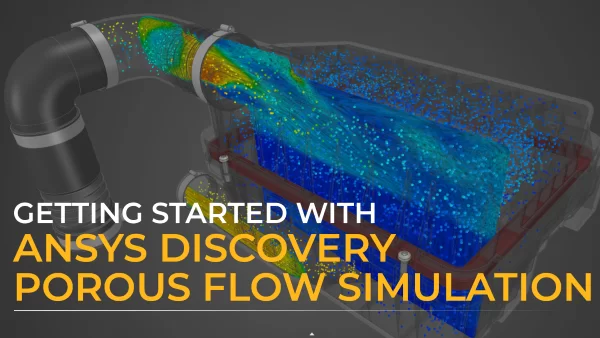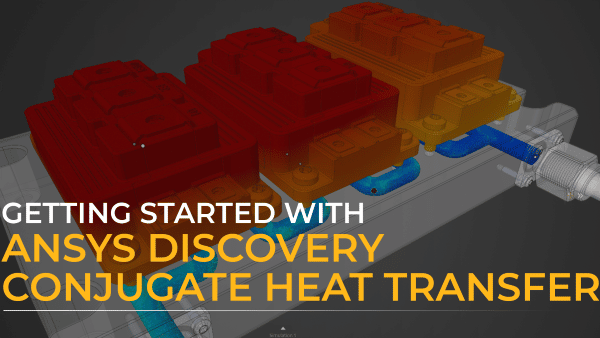
Ansys Discovery enables engineers to accelerate product development and increase innovation through upfront simulation. Discovery achieves this by combining several technologies in an easy-to-use, modern interface. This enables rapid geometry preparation for the analysis that leverages direct modeling and history tracking. It also provides real-time simulation using a GPU-powered live physics solver. The user can have high-fidelity simulation leveraging the Ansys Mechanical and Ansys Fluent solvers. Whether you are new to simulation or an expert analyst, the content in this Learning Track is designed to bring you quickly up to speed with using Discovery for simulation and geometry preparation






